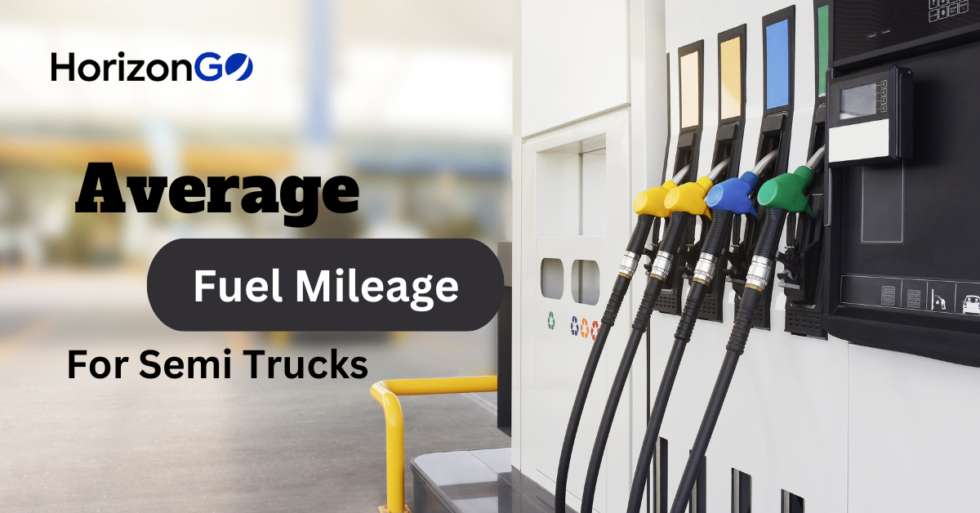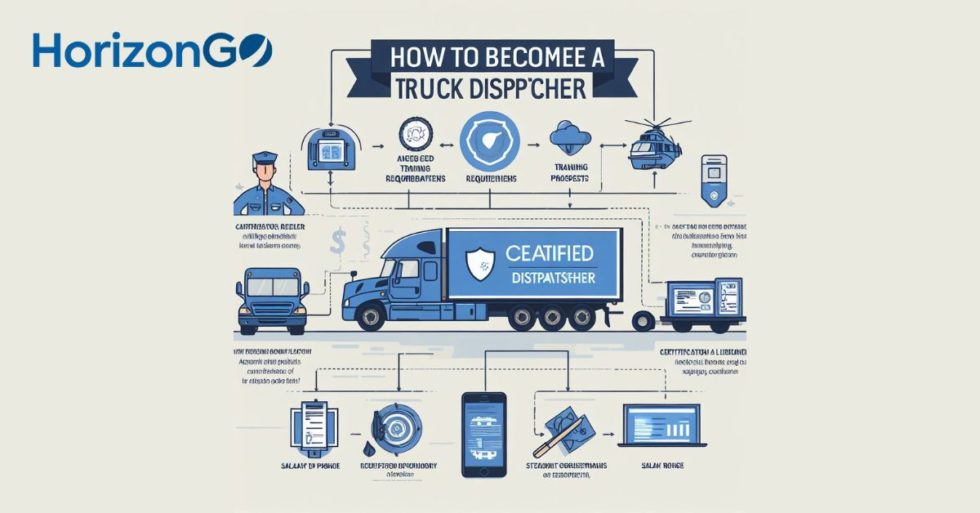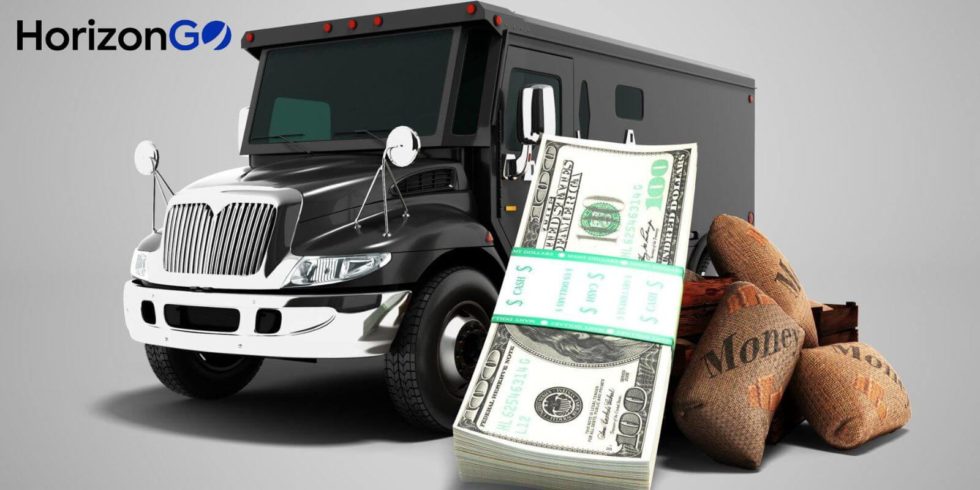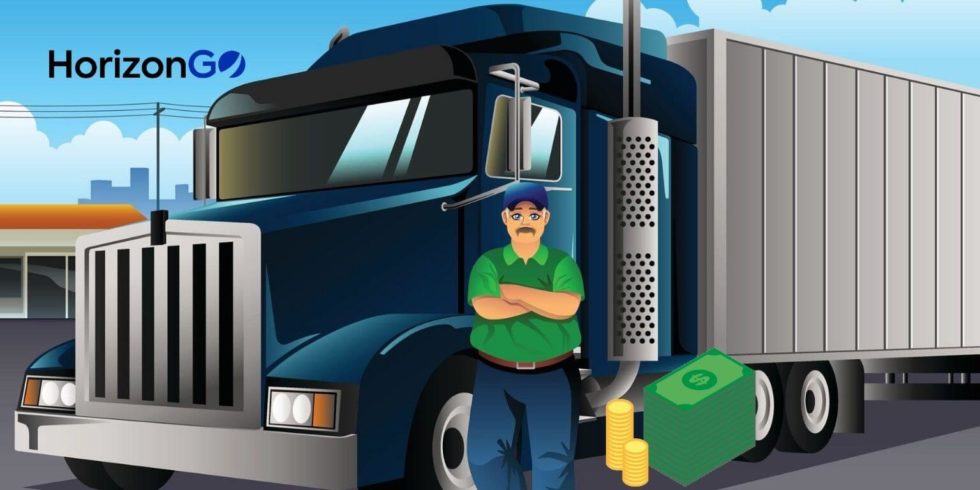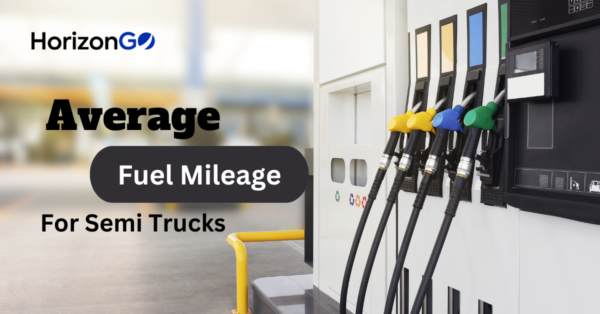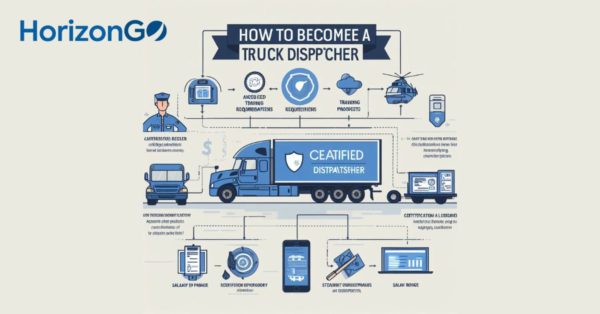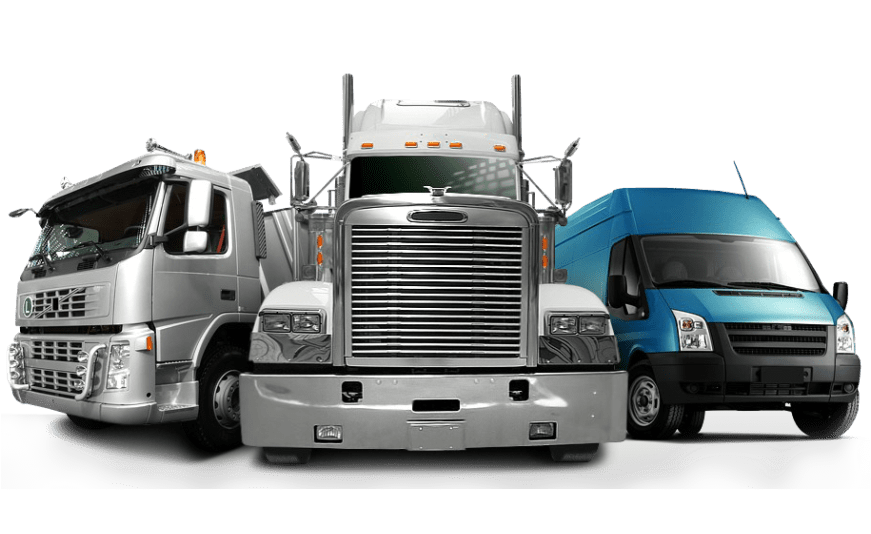Background
At the time of this writing, the United States and the world at large are experiencing a global pandemic. We are seeing daily metrics constantly, showing exponential rises in COVID-19 cases and deaths.

There is no news but virus news.
The impact on the economy has been devastating. The unemployment claims this week were unimaginable by the general population just six weeks ago. Heck, my wife and I took a late February vacation to Las Vegas attending two big enclosed concerts and spending some time in the casinos. It seems like another world now.
Wherever you are, we pray that you and your family are safe. In spite of this crisis, or maybe because of this crisis, we have to look forward. Our supply chains are being ripped apart and new ones are emerging. We have to feed and care for 330,000,000 people during an economic standstill when more people are getting sick every day while hospitals and their workers do not have what they need. I know “We will get through this together” is an often-used cliche. Never has that phrase been more meaningful! AND the transportation industry is a critical link in getting us through this pandemic.
Even before all of this craziness, we were seeing significant shifts in the supply chain. The “Amazon Effect” on brick-and-mortar stores and malls was already significant. There have been no new malls in years, and no one sees that trend reversing. The consumer, or end-user of the product, is going further back in the supply chain, and in some cases, going directly to the manufacturer rather than the store.
Traditionally, manufacturers depended on retail, and hired common carriers to take a shipment to a warehouse. From the warehouse, another carrier or maybe the same carrier would deliver it to the appropriate store. Or if the shipment was significant, the truck may deliver it directly to the store. If the store is becoming less and less important, then it has to have an impact on the distribution of goods; and of course, it is. Shippers and manufacturers now have a goldmine at their fingertips. Online ordering has given them more data (information) on their end-users than ever before, so this trend toward last-mile applications will only increase. Shippers and manufacturers will want shipment visibility until that shipment gets to the door of the consumer, and they are going to want to know more about that consumer.
So this “Amazon Effect” and the promise of greater mobility had already led to significant adoption of technologies in the cloud and mobile apps. But recent events have shown that the shift to mobility and remote telecommuting isn’t merely a choice but now a requirement for those businesses and fleets that continue to operate. The dramatic changes in the way we work as a result of the pandemic are proving to be a catalyst for a nationwide and even worldwide assessment of our IT systems and how they must operate not only on a micro level – protecting the business – but how we cooperate and manage information collectively so that all stakeholders (and in today’s crisis terms, society as a whole) are informed on any given shipment transaction when appropriate. For example, as conditions change daily, the whole nation should be keenly interested in seeing that shipments of personal protection equipment and ventilators get to where they need to be.
We are certainly seeing evidence every day that this pandemic has created a mammoth supply and distribution problem for our healthcare system. We are going to have massive problems across our economy, and we are going to need data combined with creative problem solvers to re-create the new revamped economy. This will begin with shared information. We have absolute confidence that the trucking industry as it always has will rise to the occasion. We at HorizonGO are here to help share the challenges that lie ahead.
So how does this apply to managing your fleet? Even before this pandemic, transportation, already a geographically mobile industry where real-time information was critical, was a perfect illustration of where the cloud could immediately produce efficiencies. There are many different transportation models including private fleets, LTL, truckload, and packaged delivery services. So for now let’s talk about are common functions of the transportation business model and how we might manage those functions better in the cloud.
The Shipment – Getting the Order into the System
One of the obstacles in any TMS system is getting accurate data into the system. Order entry can be cumbersome, due to the amount of data required on the shipment. One of our constant focuses is to search for ways to simplify data entry. Most of the day-to-day data entry comes when an order is entered. The cloud opens up other opportunities to get the data into the system.
Of course, there is EDI, which can be a complicated and expensive process but it may be required by the shipper or receiver. We have said this for years and will continue to say it: today’s technology offers us better ways to transmit data electronically. From formatted emails to customer portals to downloads straight from the shipper’s data, those are avenues that should take priority in this “real-time,” shared data world.
Manufacturers, Retailers, Wholesalers, Consumers, and transportation providers, must do a better job in sharing data that is critical to the efficient movement of goods through our country. So one concept we will continue to promote is more direct data sharing from the shipper to the carrier.
Assignment/Dispatch
We have a long history of developing dispatch systems. We installed our first one in 1986 – 34 years ago! You might ask, “what is a web-based dispatch system going to do that my current system doesn’t do?” If you are looking at basic features like getting a driver tractor-trailer assigned to a shipment and moving it to delivery, then yes it does about the same. In our case, based on the age of the web product versus the desktop product, there are probably still more features on the desktop, but the gap is pretty small and narrowing every day.
You may be wondering if there are enough new features to justify the switch. Actually, in our case, there are some nice new features – particularly as it applies to communicating with the driver through a mobile app. In fact, the mobile app can be a key factor in web-based systems because it can be the source of the trigger event for more automation. (see invoicing below)
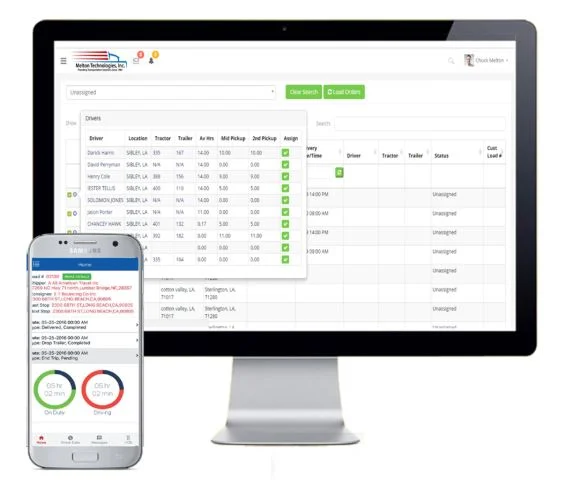
There is a much broader point, however. Those companies who emerge as participants in these newly restructured supply chains will be companies that can easily and effortlessly provide information to appropriate third parties on demand. The cloud is absolutely the BEST platform for shared information in real time.
For the companies, that have been doing this for a while, the first dispatch systems were written before the smartphone. In the 1990s, smarter onboard devices became available, and companies like Qualcomm, PeopleNet, and CarrierWeb emerged as suppliers. Our former company ITS Inc. became a pioneer in linking to on-board systems and was purchased by Qualcomm in 1994. There is a reference to it in this article from 1996.
In 1997, the company was reacquired and I found the following article while cleaning out my mother’s desk.
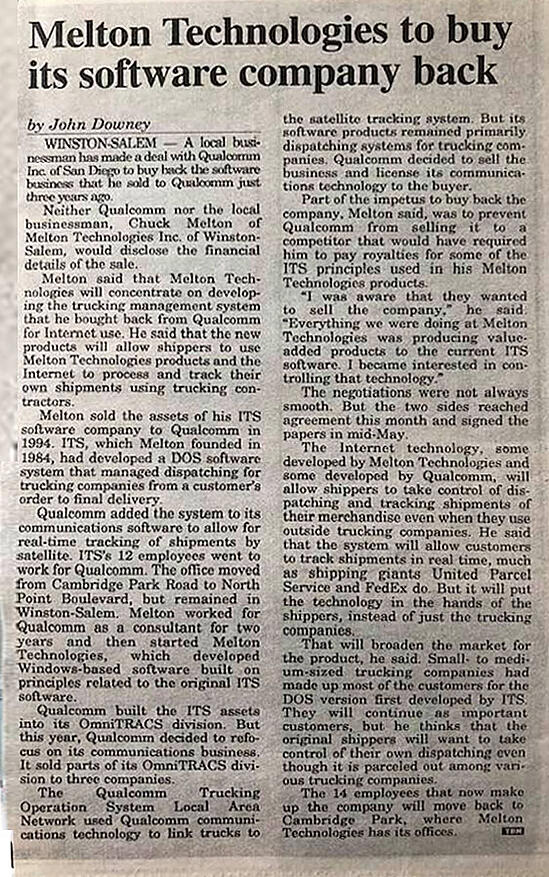
I was even shocked when I read the quote on what our vision was in 1997. The reporter reported my comments as follows: Trucking companies “will continue as important customers but he thinks the original shippers will want to take control of their own dispatching even though it’s parceled out among various trucking companies.” In our view, cloud-based TMS (Truck Management Systems) will continue to increase and you will also see more widespread adoption by the shipping community. The truckers – and shippers – who facilitate data sharing will be those that succeed.
The question may be, “if you had this vision 23 years ago why hasn’t been more widely adopted?” The truth is the technology available 23 years ago was not as affordable or as easy to implement as it should have been. AND, it was implemented by certain companies with BIG budgets. It required expensive devices on trucks and a great deal of custom software to provide the information sharing required and a lot of data mapping and transmission across systems.
Simpler, Cost-Effective Implementation
Today is a web-based database platform with mobile apps, and an agile development team, the process can be significantly simplified and implemented quicker and at lower costs. Our vision of 23 years ago is still valid today, but it is much more practical for everyday companies to implement. A web-based dispatching application can be shared by the shipper and the carrier. A driver with a well-designed mobile application can be your most important data source.

Every key event in the life of the shipment can be tracked in real-time but more importantly, you can now see key events globally, anticipating issues before they occur and notifying the appropriate parties.
More importantly, as one of our customers who recently converted from the desktop to the cloud recently said, “the conversion from desktop to web, was probably the best decision I have ever made with the main advantage being our dispatch can have access to information 24/7 from any location. Yes, it has made working from home easier. In addition to this, we started using Dropbox to store all of our documents on the web eliminating many file cabinets of bills of lading, invoices, etc.”
He gets it! Access to data anytime, anywhere, anyplace is a HUGE advantage in any environment but facing today’s unique issues in these days of “physical distancing” it is more important than ever!
Invoicing
Even in this day and time, we have seen carriers that are taking up to a week or more from the delivery of the shipment until that shipment is invoiced. Why? Because they need a signed delivery receipt from the receiver of the goods. In an integrated web-based application with a mobile app, the driver can be the trigger to invoicing by simply delivering the shipment and scanning the delivery receipt associated with the load.
The document is automatically assigned to the freight bill and can be emailed to the party responsible for payment. So to make this perfectly clear, a shipment delivered in Los Angeles can be billed to the payor in Jacksonville, Fla., simultaneously.
Speaking of email, we think shippers and carriers must continue to build better online relationships. Use common resources that everybody is familiar with to communicate like Facebook and email and make them integral parts of your system. Invoicing and order entry is a great use of email. Specially formatted emails can be used by the customer for order entry directly into the system while emailed invoices obviously get the bill into the customer’s hands with as little delay as possible improving cash flow. Document images are saved in the cloud and are available attachments to the bill as required by the customer AND approved by the biller.
Billing has never been simpler or quicker.
Driver Management
There is a clear and constant theme when discussing moving to the cloud. Companies have real-time 24/7 visibility of their dispatch scenario and their individual drivers. When managing drivers, real-time information is critical. In the current pandemic scenario, it is a huge benefit, but we contend it is a huge benefit even if we return to “normal” behavior — whenever and whatever that is.
If driver pay is mileage-based, then you are going to want a fair payroll and dispatch systems in place that make sure loads are distributed equitably among drivers. Priorities can be established for dispatching sequences. That, combined with a link to an ELD, can show you where a driver is, the distance from the pickup, available hours, and weekly earned pay to date.
You can proactively keep the driver abreast of pay earned and even pay the driver electronically while emailing him or her a detailed settlement sheet to illustrate how the pay was calculated. The driver can even designate a spouse to see the email and when the money was deposited.
Using Mobile Apps with ELDs
Recognizing this overarching problem that it may be some time before we can work collectively in groups physically, we are going to have to resort to working in groups digitally. Companies must adapt to this new normal plain and simple. That is where we believe you will see a continued rise in mobile apps. Specifically, we are looking at apps that make working remotely even easier. The first target for the mobile app is of course the driver – the most important human resource in the transportation industry.

We acknowledge there is some resistance among the driver community that driver apps are too intrusive. The last thing that we would advocate is more intrusion into the driver’s private life. However, we are convinced that a driver app can be used effectively with an ELD without intruding. And what we are advocating is to tie the app to a functioning ELD so that once the ELD is disengaged for a given assignment, so is the driver app. Unless the driver and the company agree to after-hours communication, then the app stays disengaged until the next assignment.
Once drivers hear that, their minds should be put at ease, and resistance to the idea of the app will evaporate. Also, once they see how the app improves their work lives, including getting home earlier than before, most if not all of them will become avid fans.
We would also assert that this discussion has occurred at every significant introductory event in the history of mobile communications. From the early trips recording systems like Cadec in the 1970s and ‘80s through the satellite tracking systems of the ‘90s and early 2000s to mandated ELD and now mobile apps, there has always been driver resistance. The need for the fleet manager and the owner of the goods to know where their assets are has always superseded the driver’s right to privacy while on company business.
Of course, all of the previous devices prior to the smartphone mobile app were attached to the vehicle so the driver app does present new challenges to protect a driver’s privacy, but they can be reasonably addressed and we plan to champion driver connectivity AND driver privacy when he or he is on their own time.
Individual Company Needs
One of the things that 36 years of serving the transportation industry have taught us is that no two companies are alike. When implementing any IT system there is often a need for some customization to fit a specialized need. Some companies, rather than incur the cost of customization, might choose to put a square peg in a round hole. Today’s tools in the hands of the right team can do wonders cost-effectively.
Whether it’s custom entry screens, driver incentive systems, custom communications to customers, or custom reports, these tasks can be completed more quickly and more efficiently than any time in history when we leverage cloud technology.
Furthermore, as supply chains change and the shared transportation data becomes more and more important to the shipping community, there is no reason that we will not see cloud-based transportation management systems move further back in the supply chain so that as a shipper, one knows who has their freight and if it will get there on time. Again, the same assertion we made over two decades ago but cloud-based technology can now make it a reality for many, many more shippers.
This also means that standard IT, one-size-fits-all product sales are really a thing of the past. For example, in our case, we have a foundation – a great web product with many great features. It is running companies now and yes, it can run a company NOW with no additional work. However, every fleet manager, fleet owner, or shipper’s traffic manager has certain unique performance indicators and some specialized application that they think will improve their business.
Other Services/Integration
Although we have been developing core transportation management software (TMS) for years we also consider ourselves a systems integrator. There are certain specialized software services available that often require integration into any TMS system…things as fuel and other expense purchasing systems, mileage retrieval systems like ProMiles, detailed mapping software, or even third-party accounting systems.
Most of these systems are already in the cloud and have APIs with which a company can easily link. Again, real-time data is collected and distributed more easily to the appropriate parties.

In a recent telephone call with a customer, he expressed some frustration that there was a lot of technology out there, but too much of it acted independently. He wanted more integration. I asked him to give me an example and he talked about a third-party service that was providing the ELD, mapping, and Hours of Service. He provided the name of the vendor and within a few weeks, we had provided him total location and Hours of Service visibility into our dispatch system.
His comments were:
“The integration has been great for our dispatch to see in virtually real-time where the truck is at and his hos as you might know we had it put on our dispatch drivers list, since this is the most frequent page used to update from and make decisions on loads, a BIG THANKS FOR GETTING THIS DONE!”
Conclusion
In this pandemic, we often hear about the curve and how we have to “flatten” the curve. Of course, the curve is the graphical representation of COVID-!9 cases where the Y-axis is the number of cases and the X-axis is time.
Let’s think about that same graph where the Y-axis is the number of new features in a TMS system and the X-axis is time. In this case, we do not want to flatten the curve – we want to steepen the curve. If we are responding to rapid market changes, we need to get ourselves into an environment where we can add features as quickly and efficiently as possible. We have discovered that environment and we have the talent to operate very productively in that environment.
In other words, the “New Features Curve” in the cloud is much steeper than it is on the desktop.
Personally, I have been in the data business practically my whole professional life. The first question should always be, “What does the data tell us?” As Americans, we have to be vigilant and listen to the people who are data-driven in dealing with this health crisis. As one U.S. governor said recently, “History will look at this as a moment when society was transformed when we adapted and evolved at a very rapid pace.”
We know that the transportation industry was already transforming at a pretty rapid pace.
There has never been a better and yes more urgent time to move to the cloud.
ADAPT! EVOLVE! TRANSFORM!
Let’s do it together.



